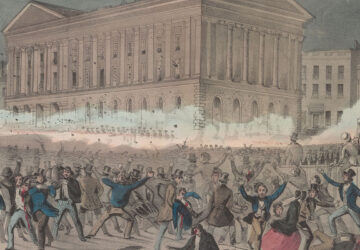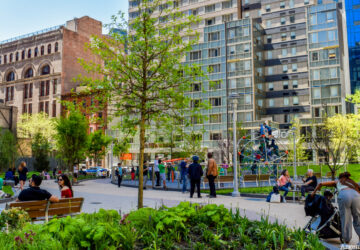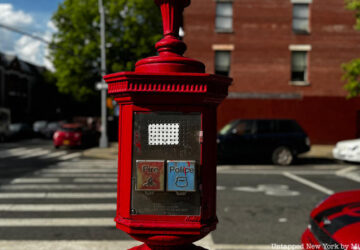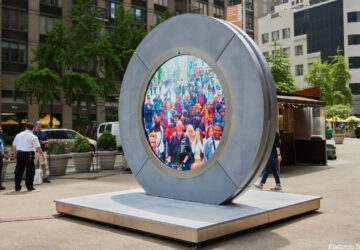9. Cafe Society was one of the country’s first racially integrated bars
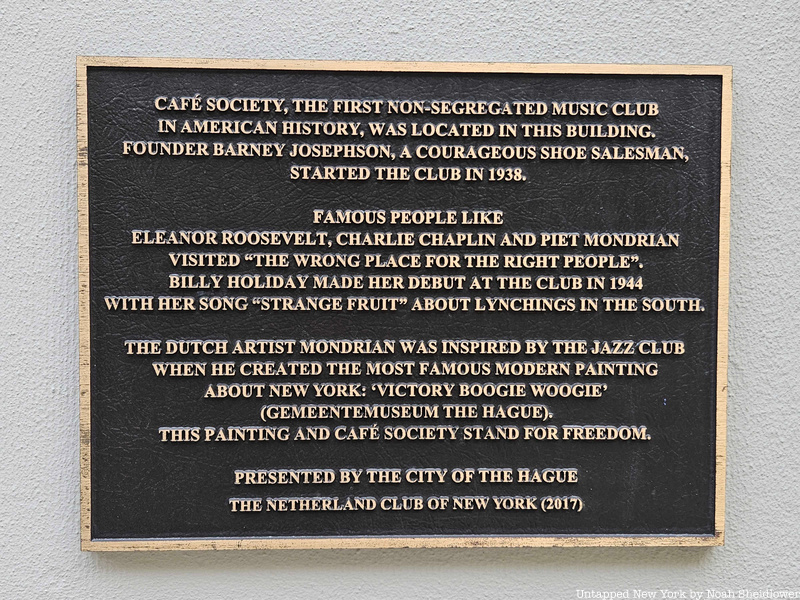
Though it was only open for a decade, Cafe Society played an important role in integrating musicians of all races. Cafe Society was a West Village nightclub that operated from 1938 to 1948, created by Barney Josephson. Josephson founded the club at first to highlight African American artists, featuring a premiere of Billie Holiday’s “Strange Fruit.” Josephson cited how the Cotton Club, one of Harlem’s top jazz clubs, limited Black visitors to just the back third of the establishment. Josephson had no experience with nightclubs but envisioned an integrated environment for both musicians and customers.
He stated, “I wanted a club where Blacks and whites worked together behind the footlights and sat together out front… There wasn’t, so far as I know, a place like it in New York or in the whole country.” He decided to open the club in the West Village, a predominantly white neighborhood, and advertised it as “The Wrong Place for the Right People.” The club treated Black and white customers as equally as possible given the political climate, and it helped launch the careers of Lena Horne and Ruth Brown. The club, as part of efforts to further integrate other music venues, raised money for left-wing causes.
